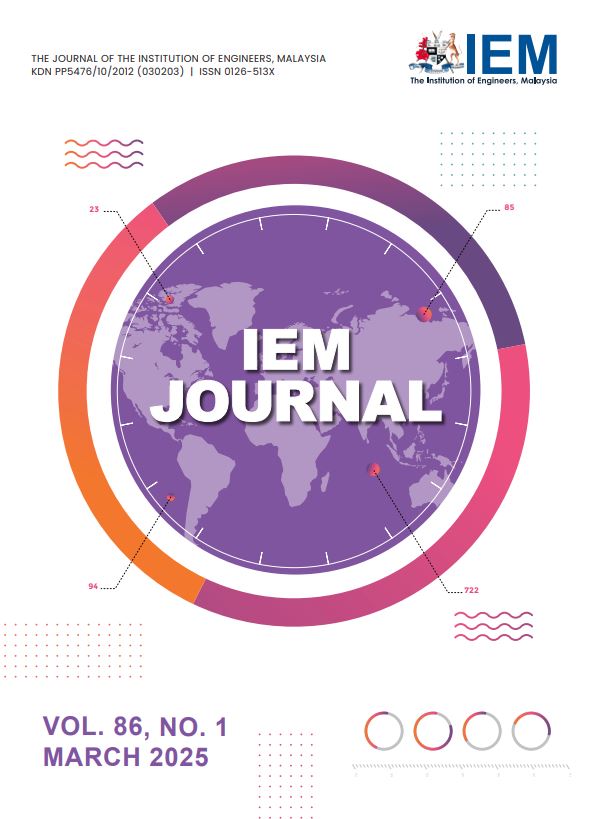Factors Influencing Toll Lane Payment Mode
DOI:
https://doi.org/10.54552/v86i1.256Keywords:
toll payment, toll-lane, queue time, RFID, TnG, SmartTAGAbstract
The efficient operation of a toll-lane system is one of the key aspects of promoting sustainable mobility. Successful implementation of initiatives in a toll-lane system can occur if the response from users is highly encouraging. The efficiency of the toll-lane systems is highly dependent on the type of payment method available at the toll plaza. Thus, the goal of this study is to identify (i) the preferred mode of payment among toll-lane users in the Klang Valley, (ii) the factors that influence the mode of toll-lane payment, and (iii) the queue time at a toll plaza for each mode of toll-lane payment. This study uses a questionnaire to collect various types of information necessary to meet the study objectives. Results reveal that radio frequency identification detection (RFID) is the most preferred payment mode among road users. Also, the findings indicated that factors such as convenience, the number of lanes available for the toll-lane payment mode, benefits, and availability influence the preference for toll-lane payment modes. This study provides valuable insights for transportation authorities’ efforts to optimise toll-lane operations and improve the user experience.







